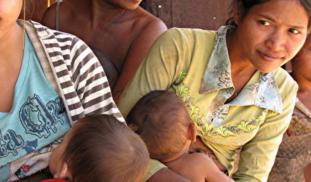207
-2
0
Like?
Please wait...
About This Project
Maternal and child mortality in Southeast Asian countries is still very high, especially in poor and rural areas. The goal of our study is to develop user-friendly mathematical model to improve referral of high-risk term pregnancies in resource-poor settings; creating a more resource-efficient health system, while delivering better health outcomes to mothers and children.

Browse Other Projects on Experiment
Related Projects
Mathematical model to reduce maternal and infant mortality in Southeast Asia
Maternal and child mortality in Southeast Asian countries is still very high, especially in poor and rural...

